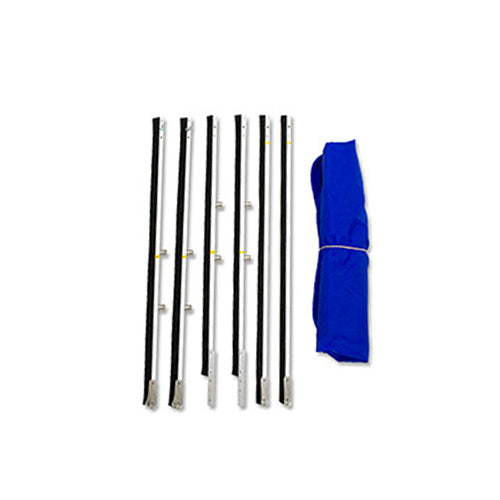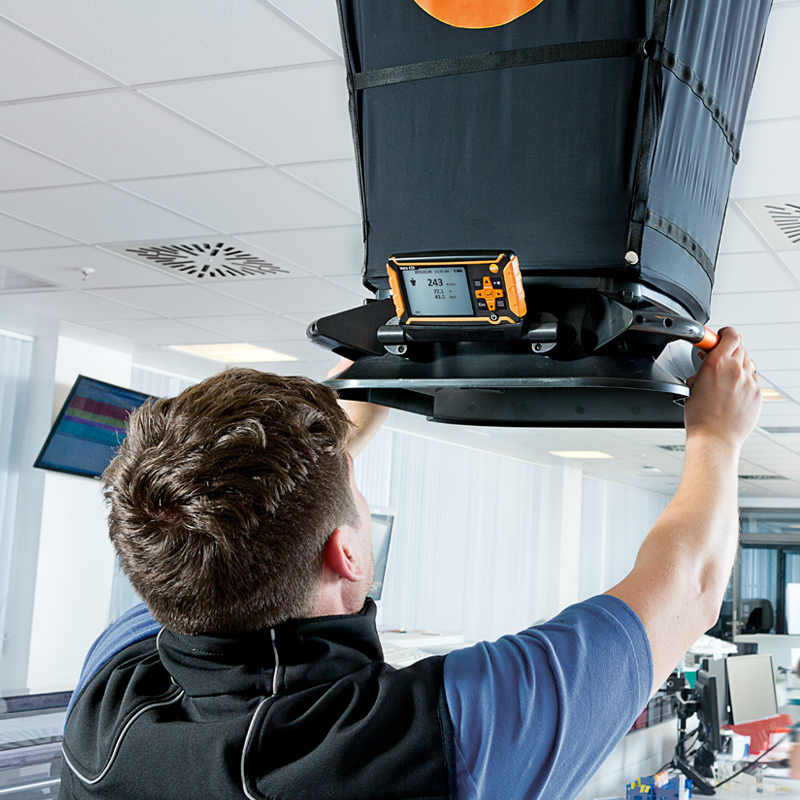Optimize Your HVAC System with Professional Air Balancing
HVAC air balancing is essential for boosting air circulation, enhancing energy efficiency, and optimizing your air conditioning system and heating performance. It ensures the proper amount of air—hot or cold—is distributed evenly to each room for a more comfortable home or workplace. Achieving this balance requires the right airflow measurement tool to assess and fine-tune your system accurately.
For an HVAC specialist, air balancing involves inspecting and adjusting your system using specialized tools and expertise. They evaluate CFM (airflow), verify splitter dampers are open and correctly set, and check intake vs outflow to ensure consistency. By measuring, then adjusting, professionals improve overall performance and comfort in every room.
Why Balance Your System?
Do you notice a significant temperature difference from one area to the next? Are some rooms hotter or colder than others? Air balancing targets these airflow issues and evens out temperatures across the space.
The process involves testing and modifying an existing HVAC system to deliver the best possible air distribution to all areas. While air balance is a key part of large commercial projects, the same principles apply to homes and apartment complexes.
Air balancing can increase system efficiency, lower energy bills, reduce wear on components, and improve comfort—especially in summer.

What Air Balancing Helps Diagnose
By combining and evaluating test data, HVAC technicians can map comfort and airflow across the building, revealing temperature inconsistencies and their root causes.
An air balancing assessment can uncover:
- Damaged air ducts
- Loose duct joints
- Blockages
- Ducts that are undersized
- Duct runs that are too long
- Excessive sharp turns in ductwork
Air Balancing Problem Solutions
Sometimes, improving balance is as simple as adjusting fan speed, controls, thermostats, and dampers. Technicians may add or reset balancing dampers to achieve the correct airflow.
If duct issues cause uneven airflow, the best course of action may include insulating or sealing ducts. Collapsed, perforated, or otherwise damaged sections should be replaced. Loose joints should be refitted and sealed.
Design problems—like undersized ducts or overly long runs—may require targeted retrofits. A full overhaul is rarely needed, but selective re-routing can equalize airflow.

Advantages of Using Air Balancing Tools
Boost your energy efficiency.
Airflow directly affects HVAC performance. Unbalanced airflow forces systems to work harder. Fixing balance issues prevents wasted energy.
HVAC equipment lasts longer.
Better ventilation reduces dust, mould, and buildup inside the system. With cleaner internals and balanced airflow, equipment can last many more seasons.
Increase comfort levels.
Rooms with insufficient airflow are uncomfortable in summer and winter. Balancing ensures the right amount of cooled or heated air reaches each space, eliminating hot spots and stuffy areas.
Improve indoor air quality.
Efficient air exchange and correct airflow reduce mould spores, pollen, and dust suspended indoors.

Air Balancing: Basic Steps
You can balance systems in several ways with the right tools, but most workflows follow the same principles:
Step 1: Gather the paperwork.
Have duct layouts, design calculations, equipment specs, and controls ready. If missing, sketch the system, capture nameplate data, and create a chart listing each supply/return with design and measured CFM for side-by-side comparison.
Step 2: Verify operation matches design.
Start the system and set it near design conditions. Open volume/splitter dampers, select the correct fan speed, and confirm CFM and pressures are within limits using static pressure readings or a duct traverse. Check delta-T and ensure filters and accessories are installed and clean.
Step 3: Measure airflow at each outlet.
Use appropriate instruments and apply grille factors (Ak). A vane anemometer works for small residential registers; a flow hood suits larger commercial diffusers.
Step 4: Adjust branch dampers.
Compare design vs measured airflows. Throttle the highest-flow branches with balancing dampers until each outlet is within ±10% of design (trial and error is normal).
Step 5: Re-measure and lock in.
Once balanced, secure damper positions. Re-measure each outlet to record final CFM—multiple passes may be required.

Professional Technician Air Balancing Tools
Balancing Workflow
- Assemble design details
- Inspect the system and start it
- Take initial airflow measurements
- Compare design vs actual airflows and adjust
- Final testing and documentation
Common Instruments
- Manometer for static pressure readings
- Flow hood for supply/return airflow (CFM)
- Thermo-hygrometer for temperature, humidity, and load checks
Balance Air with Air Balancing Tools from HVAC Shop
Modern performance measurement and energy analysis go beyond basic household balancing. For over 50 years, air balancing has been the gold-standard verification of HVAC performance—delivering comfort and efficiency you can document.
Get air balancing tools in Australia from HVAC Shop. We stock capture hoods, hood & frame kits, telescopic stands, and more.

